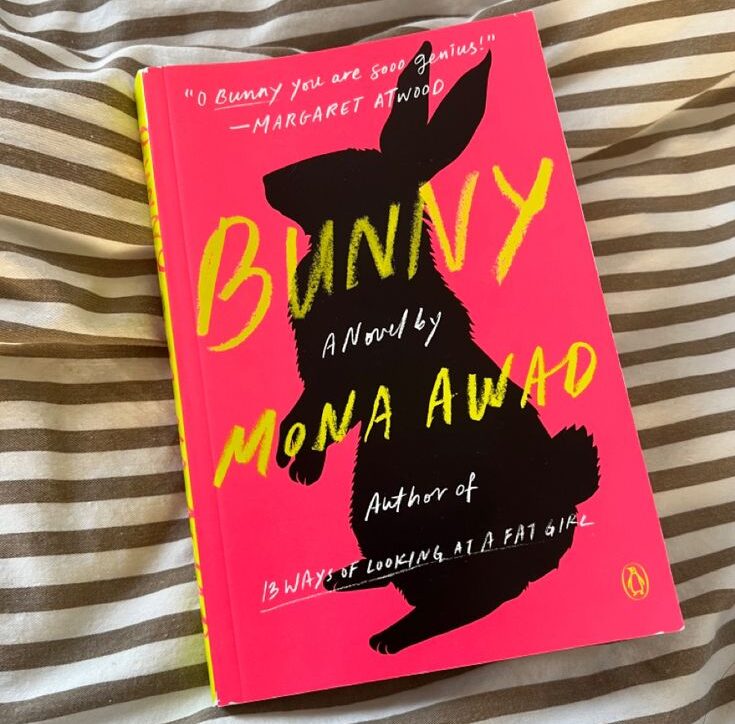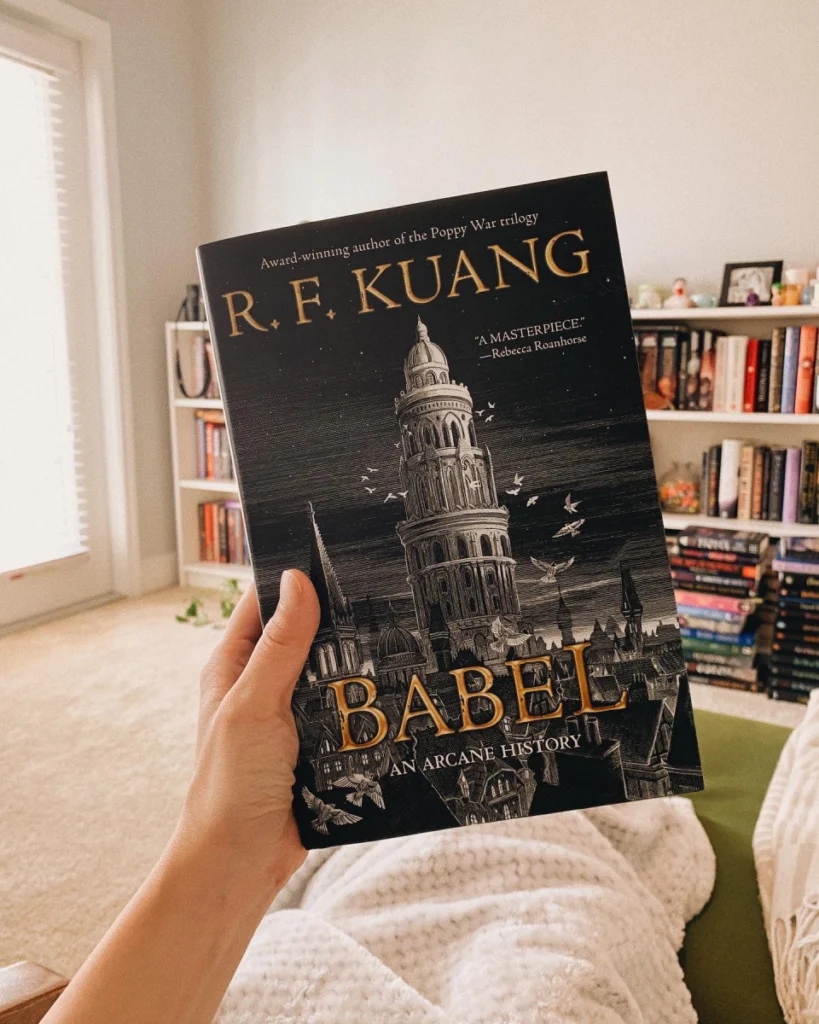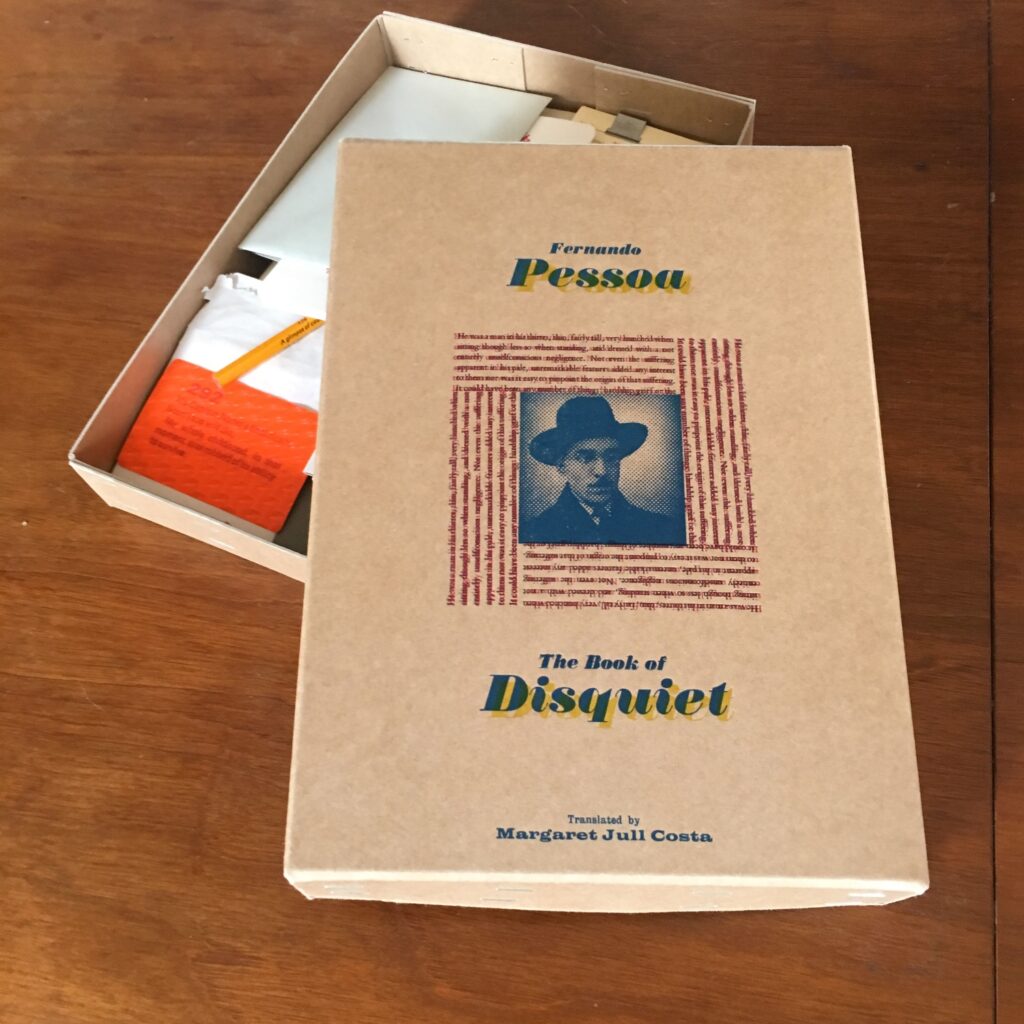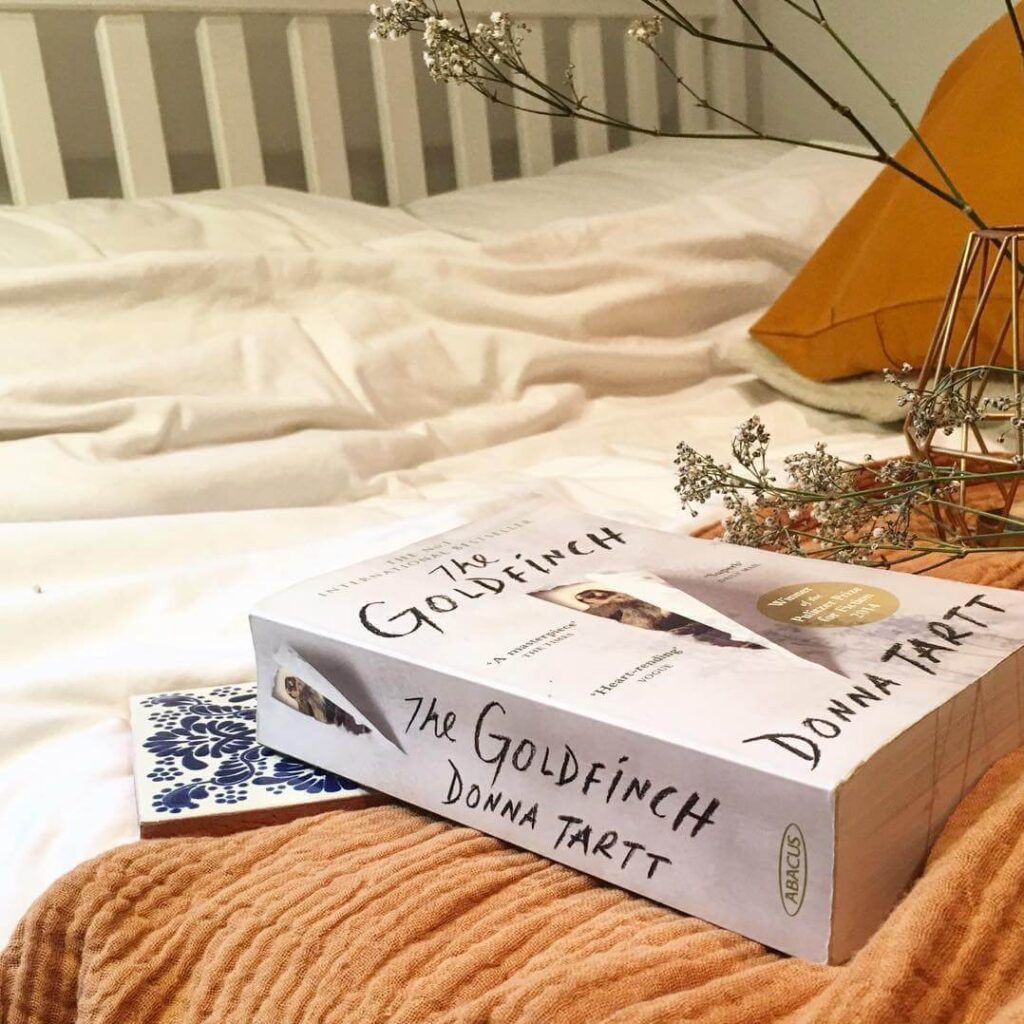As late autumn makes you huddle inside your blankets on most evenings, enjoy these 5 dark academia books to remind you of all things academic elitism, murderous cults and secret clubs.
Dark Academia, a burgeoning subculture dominating social media platforms, idealizes higher education, classical art, literature, and architectural aesthetics such as Greek and Gothic styles. Coined on Tumblr in 2015, the term “dark academia” found its roots in discussions surrounding gothic and dark literature, with Donna Tartt’s novel, The Secret History, often credited as a seminal work shaping the thematic contours of this subculture. This narrative, situated within an elite New England college and centred around a murder within a group of classics students, laid the groundwork for subsequent representations of dark academia in books and popular culture. A hallmark of dark academia is its association with an elite demographic attending prestigious universities, where the study of classics encompasses Western art, poetry, fashion, and architecture. The descriptor “dark” in this subculture alludes to an attraction to the unconventional and forbidden, manifesting in interests ranging from dangerous situations to puzzles, murder, cults, and secret clubs.
Despite its popularity, dark academia has not been immune to criticism. One notable critique revolves around its lack of diversity, as the subculture tends to predominantly focus on Western Euro-centric academia, potentially marginalizing perspectives and contributions from other cultural backgrounds. Additionally, dark academia has faced accusations of romanticizing the academic lifestyle, possibly perpetuating unrealistic and exclusionary ideals. However, despite the criticisms, the trajectory of dark academia has seen a shift from being primarily an intellectual pursuit to an aesthetically driven lifestyle. Social media platforms have become inundated with mood boards and visually pleasing images, featuring stacks of aged books in libraries, architectural wonders from New England or Europe, and distinctive styles of clothing that contribute to the overall aesthetic allure associated with dark academia.
Here is a list of 5 dark academia books that would resound closely with the cold waves of November
Bunny by Mona Awad

Mona Awad, a writer of Canadian-American descent, has made a distinctive mark in the literary landscape by delving into the complexities of identity and societal nuances. Hailing from Montreal, Awad’s work is characterized by a unique fusion of psychological insight and astute observations, garnering critical acclaim for its depth and nuanced exploration. One of her significant contributions to contemporary literature is the 2019 novel, Bunny. In this dark academia book, Awad invites readers into the surreal world of academia, specifically within the exclusive confines of an elite MFA program. The protagonist, Samantha Heather Mackey, finds herself intricately woven into the fabric of a group known as “the Bunnies.” As the narrative unfolds, Samantha navigates through the idiosyncratic rituals and increasingly surreal experiences of this enigmatic clique, challenging societal perceptions and personal expectations in the process.
Bunny seamlessly integrates with the dark academia genre, immersing readers into the intense and often disconcerting dynamics inherent to academic institutions. Awad’s novel exhibits a masterful interplay of suspense, psychological horror, and satire against the backdrop of a prestigious creative writing program. The storyline delves into the obsessive and exclusive nature of certain academic circles, incorporating elements of mystery and the Gothic to construct a narrative that resonates deeply with the dark academia aesthetic.
Plain Bad Heroines by Emily M. Danforth

Emily M. Danforth, the accomplished American author of Plain Bad Heroines, has distinguished herself through a nuanced exploration of intricate thematic landscapes. Originating from Miles City, Montana, Danforth earned recognition for her inaugural work, The Miseducation of Cameron Post, a recipient of the esteemed Montana Book Award and subsequently adapted into a film. Possessing a distinctive narrative voice, Danforth’s literary oeuvre consistently navigates the complexities of identity, interpersonal dynamics, and the confluence of intellect and emotion.
In Plain Bad Heroines, Danforth showcases her narrative acumen by immersing readers in a meticulously layered tale set within the enigmatic realm of dark academia. Her adept storytelling seamlessly amalgamates elements of mystery, intellectual intrigue, and atmospheric nuances. This novel stands as a testament to Danforth’s prowess in crafting narratives that transcend conventional boundaries, offering a compelling exploration of the profound intricacies inherent in the human experience. Set in an elite girls’ boarding school in early 20th-century New England, the novel intertwines the lives of rebellious students, forbidden relationships, and a haunting atmosphere. The discovery of a manuscript detailing a series of deaths connects the past and present, adding layers of mystery and complexity. Danforth masterfully explores the intellectual intensity of academia, the allure of forbidden knowledge, and the enduring impact of the past on the present.
Also Read: 6 Queer Horror Books to Check Out This Pride Month!
Babel by R.F Kuang

F. Kuang, a distinguished Marshall Scholar, accomplished translator, and the acclaimed no 1 New York Times bestselling author, has significantly contributed to contemporary literature with notable works such as the Poppy War trilogy and the compelling addition to her repertoire, Babel: An Arcane History. This historical fantasy epic meticulously engages with themes of student revolutions, colonial resistance, and the instrumental role of language and translation in the dominion of the British Empire.
Set within the prestigious confines of a university in upstate New York, Babel unfolds a narrative lensed through the experiences of Rin, a student navigating the intricate landscape of academia while unraveling a latent, ominous power within herself. Kuang’s work transcends conventional storytelling, offering a thrilling and thought-provoking exploration of the violence intrinsic to colonialism, the power dynamics ensconced within elite academic institutions, and the profound ramifications of individual choices.
What distinguishes Babel as a dark academia book is its nuanced examination of intellectualism, aesthetics, and the macabre within the academic milieu. The narrative delves into the shadows cast by academia, exposing the cutthroat competition, the relentless pursuit of success, and the enthrallment of knowledge. Moreover, the novel introduces elements characteristic of the dark academia genre, including the portrayal of a clandestine society, a thematic emphasis on language and translation, and the integration of a distinctive magical system.
The Book of Disquiet by Fernando Pessoa

Fernando Pessoa, a distinguished Portuguese poet and literary figure of the early 20th century, is lauded for his profound philosophical insights and literary prowess. Among his notable works, The Book of Disquiet stands out as a posthumously assembled masterpiece, showcasing Pessoa’s unique exploration of identity through a multitude of heteronyms, each representing distinct voices and perspectives. This literary opus delves into the contemplative reflections of its semi-autobiographical protagonist, Bernardo Soares. Through an amalgamation of poetic fragments, prose, and introspective narratives, the work engages with Soares’ profound musings on the ordinary aspects of life, the inexorable passage of time, and the elusive nature of the self.
Situated within the realm of dark academia, The Book of Disquiet encapsulates thematic elements such as intellectualism, existential introspection, and the melancholic beauty inherent in quotidian existence. Pessoa’s prose skillfully mirrors the existential angst often associated with the darker facets of academia. Soares, a clerk navigating the intricate corridors of his thoughts, epitomizes the archetype of the solitary intellectual, further enhancing the work’s resonance within the dark academia genre.
The Goldfinch by Donna Tart

Donna Tartt’s The Goldfinch earned both critical acclaim and the esteemed Pulitzer Prize for Fiction in 2014. Published in 2013, the novel unfolds as a multifaceted exploration of a coming-of-age narrative within the context of art theft, grief, and the intricate dynamics of the New York City art world. The protagonist, Theo Decker, finds himself entangled in this world following a terrorist attack at the Metropolitan Museum of Art, resulting in his orphanhood and possession of the invaluable painting Carel Fabritius’s The Goldfinch.
While not explicitly categorized as dark academia, the novel subtly integrates elements emblematic of the genre. Theo’s formative years transpire within elite institutions, including the Barbours’ Upper East Side residence and the distinguished Hobart and Blackwell’s antique restoration workshop. These environments contribute to this dark academia book’s ambience, wherein intellectual pursuits, the allure of art, and the haunting corridors of memory converge. It delves into the nuanced realms of academia, portraying Theo’s intricate struggles with identity, guilt, and the enduring repercussions of traumatic experiences within the rarified circles of the art world. Theo’s journey unfolds against a backdrop of intellectualism and cultural sophistication, navigating moral quandaries surrounding possession, the pursuit of beauty, and the inherent tension between artistic idealism and tangible reality.

